PACKING FOR TWO: ESSENTIAL HIKING GEAR FOR COUPLES

What are the packing essentials for hiking couples?
Hiking has grown in popularity as a hobby and a form of exercise worldwide. In fact, in 2022, there were over 59.6 million hikers in the U.S. alone. This shows how much people are invested in hiking and backpacking today.
Solo and group hiking aren’t the only types in existence. There’s also couple hiking for all the lovers out there, boosting their bond and connection in a fun and memorable way. But how can couples make the best out of such adventures? The answer is in the must-have gear when hitting the trail. Think of it as the key to unlocking a comfortable and unforgettable journey through nature.
Read on for essential items to pack for your next couple hiking trip.
1. Hiking tents
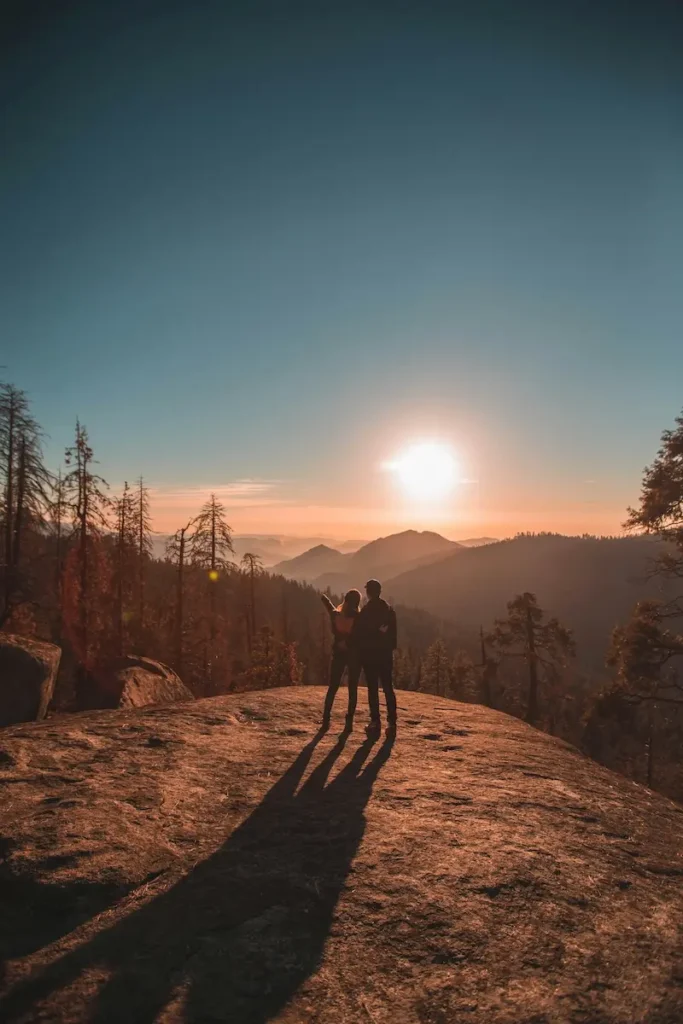
At the end of your hiking trail, you need a place to relax, spend the night, or set up a camp to enjoy whatever activity you have set up. These are the perks that come with hiking tents. Your tent is your home away from home on the trail, and your choice should be determined by the type of camp you want to set.
Larger tents offer extra space and comfort for car camping, while compact, lightweight ones are good for backpacking. Choose a tent with a waterproof rainfly to protect against unexpected downpours and vestibules to store muddy gear outside your sleeping area.
When it comes to size, a two-person tent is typically sufficient. But if you relish a bit of extra room, especially on multi-day hikes, a three-person tent can provide welcome space to spread out or store gear.
2. Sleeping bags and pads
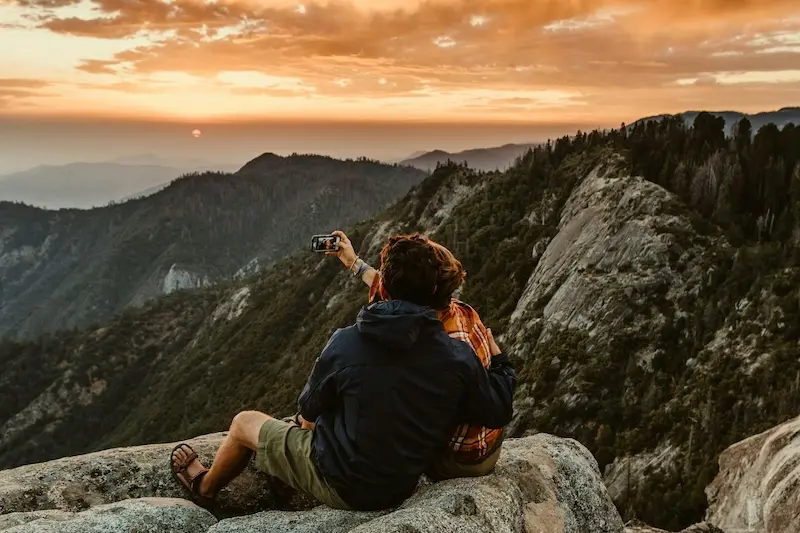
Invest in sleeping bags with temperature ratings appropriate for your chosen trails and season. A lower temperature rating (meaning more warmth) is essential if you anticipate colder weather. Mummy-style bags offer the best heat retention due to their snug fit, but a rectangular suitcase might be a better choice if you prefer more room to move.
If you’re looking for extra coziness, you can find compatible sleeping bags that zip together, providing shared warmth and comfort. Remember, even a warm sleeping bag won’t keep you comfortable if you sleep directly on the cold ground.
Sleeping pads provide insulation and cushioning. They’re a perfect addition to the sleeping bags as they offer exceptional comfort for their weight and packability. This makes them a popular choice for backpacking. Consider the pad’s R-value, with higher R-values being warmer. If budget or durability is a major concern, a closed-cell foam pad, while less plush, is incredibly reliable and virtually puncture-proof.
When selecting your bag and pad, try them out together! This ensures the pad fits comfortably inside the sleeping bag, allowing you to gauge your sleep system’s overall warmth and comfort level.
3. Hiking footwear
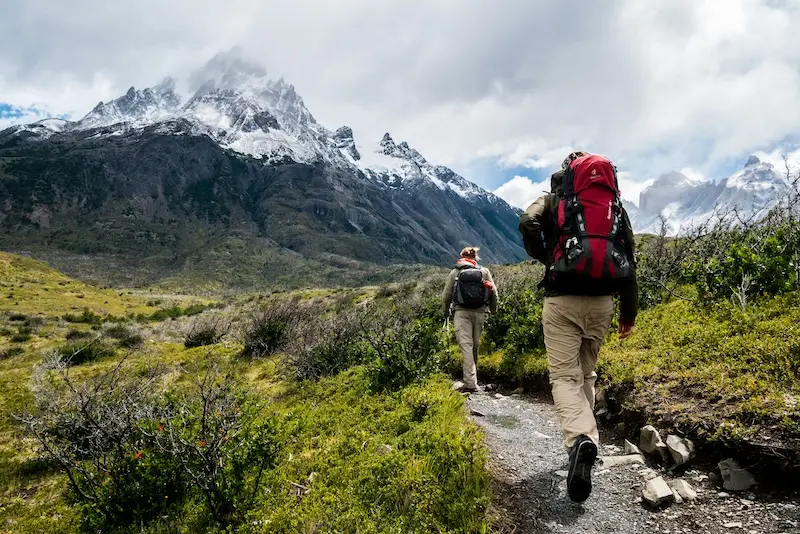
Choosing the right footwear is vital for happy feet on the hiking trail. Traditional hiking boots offer superior ankle support and stability for challenging terrain, rough paths, or if you’re carrying a heavy backpack. Look for durable materials like leather or sturdy synthetics and a lugged outsole for reliable traction.
Ensure a proper fit and break them in thoroughly on shorter hikes to avoid blisters on your big trip. On the other hand, trail running shoes are an excellent option if you’re hiking on well-maintained trails and prefer agility and breathability. They’re lighter and often have a more flexible sole than hiking boots.
Consider trail shoes with a grippy outsole for good traction on varied surfaces. But while they can be ideal for certain hikes, always prioritize ankle support if you have weaker ankles or will be on demanding trails.
4. Backpacks
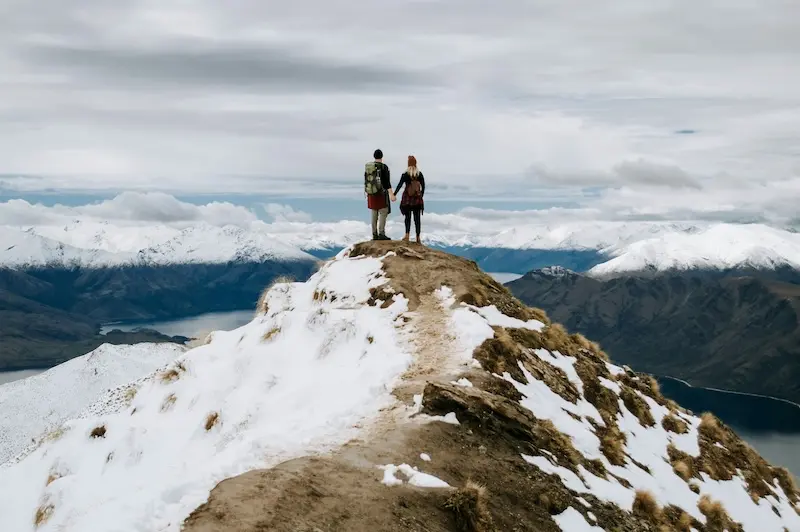
The right backpack makes all the difference in weight distribution and comfort. Fitting at an outdoor store is vital, as backpacks come in different frame sizes and feature adjustable torso lengths. For day hikes, packs around 20-35 liter are ideal, while overnight adventures and camping necessitate larger packs in the 50-80 liter range.
Look for backpacks with padded hip belts to transfer weight off your shoulders, hydration compatibility, and a rain cover. Opt for plenty of pockets and organizers to keep essentials accessible. Alternatively, you can opt for two medium backpacks instead of one big one to distribute the weight and get more packing room for your trip.
5. Navigation tools
While technology offers convenient navigation apps, it always uses a traditional map and compass as a backup. Learn basic navigation skills and familiarize yourself with your chosen trails. Invest in a dedicated GPS device for longer backcountry trips for added safety and convenience, as smartphone batteries can drain quickly.
Guidebooks for your area provide valuable insights into trail conditions, points of interest, water sources, and potential hazards. Always check for recent updates or trail closures before heading out.
Social media sites are a good place to check for any changes or restrictions on the hiking trail. Any missed update on the trail can mess up an adventure you’re looking forward to.
6. Kitchen gear
Meal planning is key to efficient packing. Opt for dehydrated or freeze-dried backpacking meals that are lightweight and simple to prepare. You’ll also need some hearty snacks like energy bars, trail mix, and jerky that will keep you fuelled on the go. Remember to pack a lighter or waterproof matches for your stove.
Water purification is a top priority on the trail. Bring a water filter, purification tablets, or a combination of both, depending on your route and availability. A collapsible water bottle or two can make storing and carrying purified water convenient. Biodegradable soap and a small sponge will help clean dishes while following ‘Leave No Trace’ principles.
7. First-aid and safety gear
Assemble a first-aid kit tailored to your knowledge and potential needs. Include essentials like bandages, plasters, pain relievers, blister care, antibacterial ointments, antiseptic wipes, and any required personal medications. Additionally, a whistle is a lightweight but crucial emergency signaling tool, and a headlamp or flashlight is necessary for after-dark or unexpected situations.
Research your destination to determine additional safety gear. Some areas warrant bear spray or other deterrents. A fire starter and waterproof matches ensure you can safely create warmth or a signal if needed.
But getting the kit alone isn’t enough. A survey done on Australian hikers showed that only 38% were confident with basic first aid. Remember to train yourself in how to use the kit. It won’t be helpful if you can’t use it properly.
Our Final Thoughts
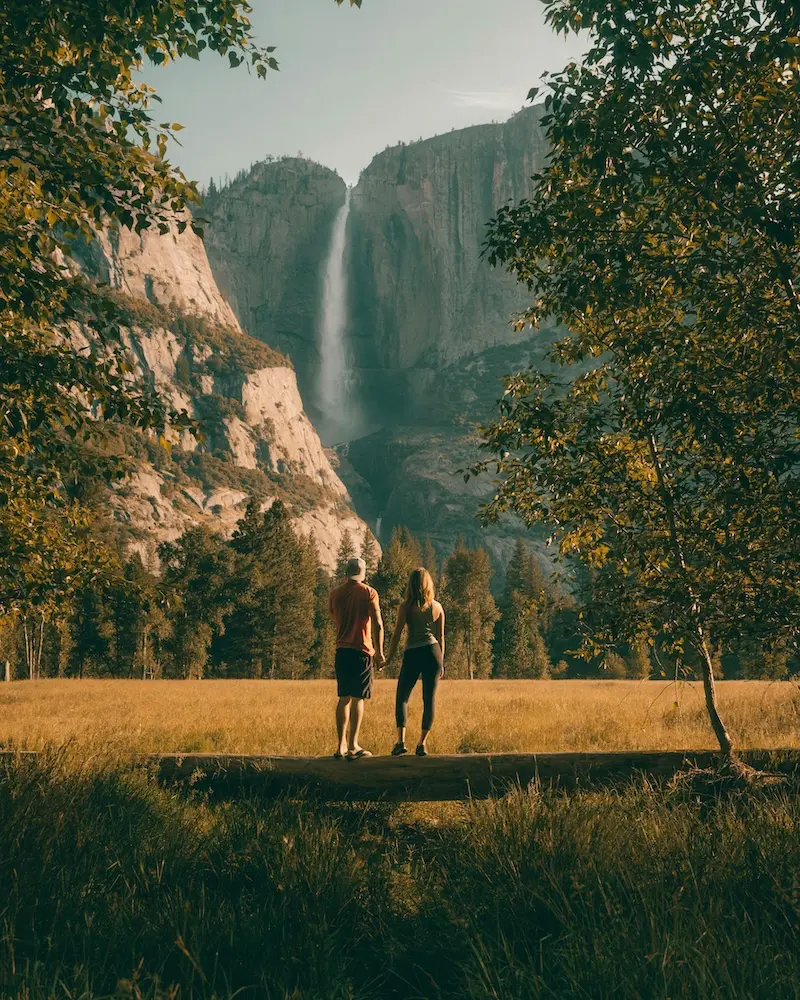
Planning your gear thoughtfully enhances the joy and safety of your couples’ hiking adventures. Consider what you’ll need during the hike, the trails you’ll use, and how long you’ll stay there. Remember to practice using your equipment before embarking on your trip, especially the unfamiliar pieces.
Related Posts
- 25 BEST HONEYMOON DESTINATIONS
- DISCOVER LAKE KAWAGUCHI AROUND MT. FUJI IN JAPAN
- BEST SUMMER ACTIVITIES IN SUMMER IN KOREA
- HOW TO PLAN THE PERFECT COUPLE’S ROADTRIP
- 10 DREAMY DATE IDEAS FOR COUPLES IN CALIFORNIA
- GREAT OCEAN ROAD IN AUSTRALIA – 10 BEST STOPS ALONG THE WAY
- HOW TO PLAN YOUR FIRST CAMPERVAN TRIP?






